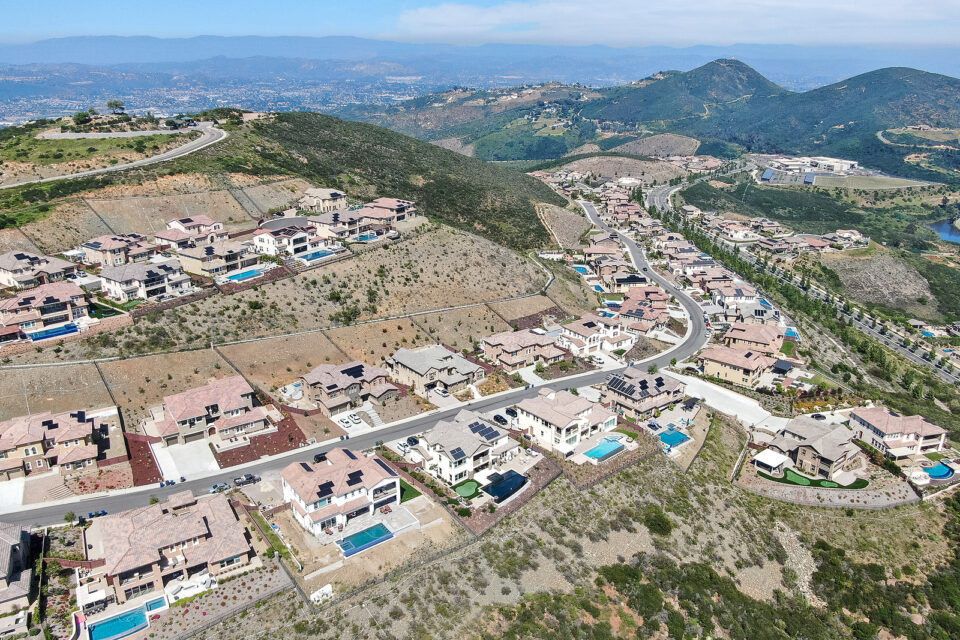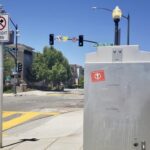SAN MARCOS — The San Marcos Unified School District board approved a special tax district on July 21 to support as much as $150 million in new bonds so that funding for new schools keeps apace with housing development.
This new bond revenue, to the extent it’s eventually realized, would add to the $287 million voters authorized through Proposition K in 2010, and which the district has since exhausted.
Proposition K dollars went to upgrade existing schools, not necessarily to increase school capacity.
The newly approved debt, serviced by property taxes from not-yet-built neighborhoods, would go to adding capacity to accommodate new families with school-age children moving into those new neighborhoods.
The school district and Lennar, a Fortune 500 homebuilder, by mutual consent established the new tax district — Community Facilities District (CFD) 14 — as allowed under California’s Mello-Roos Community Facilities Act of 1982.
Developers, not school districts, generally initiate the creation of CFDs. Rachel Chang, a consultant to San Marcos Unified, thinks it’s in developers’ interests to initiate CFDs because the assurance of funded school capacity helps to boost their homes’ “marketability.”
School districts do well to seize CFD opportunities when developers offer, in order to secure a funding mechanism “to mitigate those new development impacts,” Chang said.
Homebuyers are made aware of the special Mello-Roos assessment attached to their purchase.
Once Lennar builds the homes it’s planning, resultant property taxes specific to CFD 14 would yield only about $500,000 over a decade or more. That amount alone isn’t enough to borrow against, said San Marcos Unified’s Assistant Superintendent Mark Schiel.
Rather, CFD 14’s atypically massive capital-generating potential derives from the fact that Lennar’s project represents only the first among potentially hundreds of future developments the CFD could absorb.
The school district’s past CFDs were tied to specific housing developments and only supported debt worth perhaps a couple million dollars.
But CFD 14 has room to grow by annexing smaller projects anywhere in San Marcos Unified’s jurisdiction, for which developers wouldn’t necessarily pursue dedicated CFDs.
Moreover, unlike taxpayer-approved bond measures, which authorize debt calculated to support a specific list of already-identified capital projects, the district doesn’t yet know what future projects might become necessary in CFD 14.
“It’s much more open-ended” and “based on assumptions,” Schiel said. Rather than a pre-determined target, the authorized $150 million in new borrowing represents a “theoretical maximum,” which the district will realize incrementally only if and when new housing development occurs.
Unlike a regular bond measure, CFD financing is more analogous to a homeowner saving for a roof replacement. You know you’ll need money for the new roof one day, but you don’t know exactly how much or exactly when, so you save for it based on your best-educated guess. You hone your plans and budget as more specific information becomes available.
“We didn’t want to undershoot,” Schiel said. “But we’ll never do it if we don’t have the tax revenues coming in to actually make the debt service obligations. … You’ve got to have enough of these small projects to come in and annex into it in order to get to that point. We might not get to $150 million, it might only be $10 million or $12 million.”



